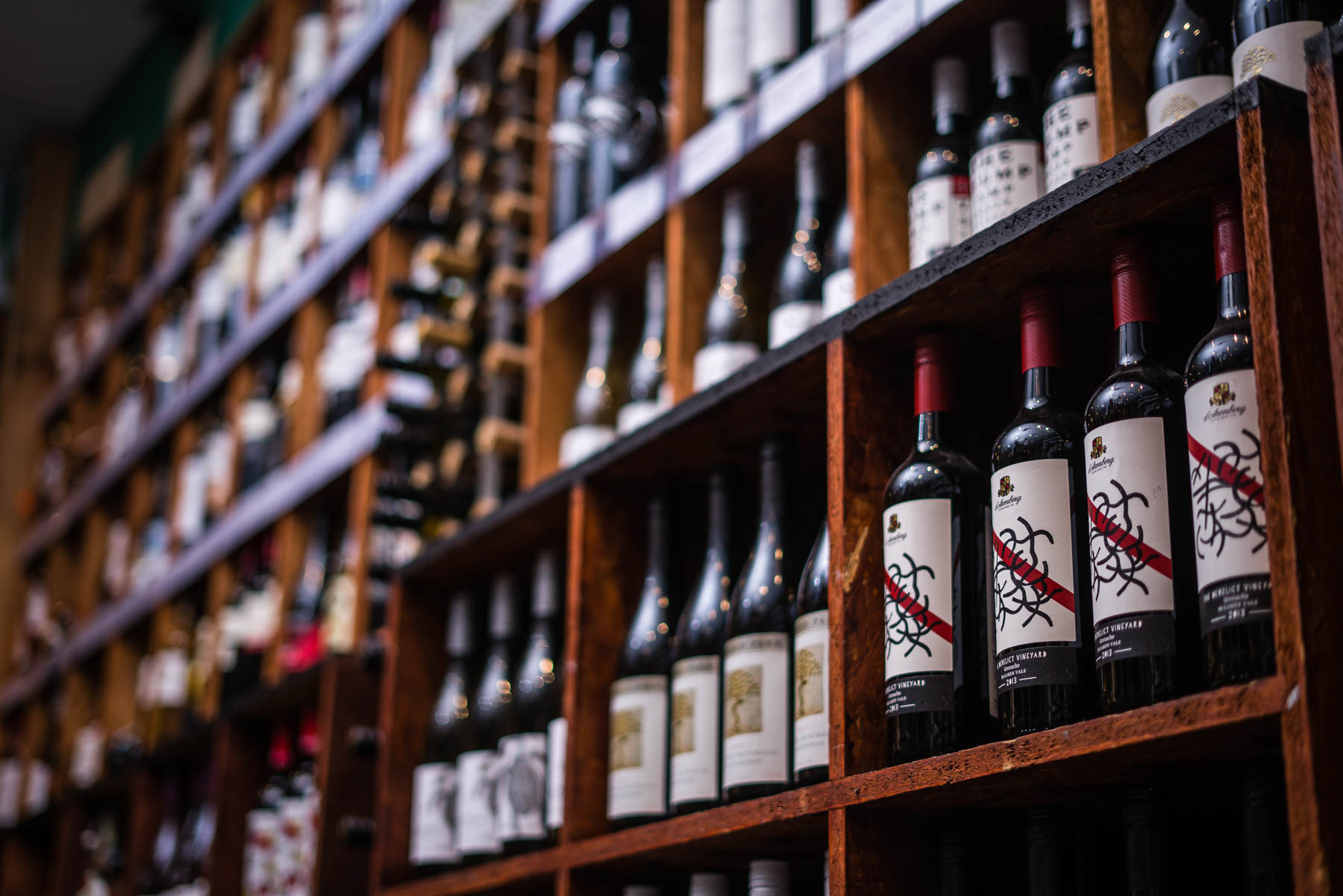Head over heels for Italy
Laura on 6 Mar 2015
The Italian peninsula is often referred to as the ‘boot’, with the most southern tip known as ‘the toe’ and the far south east dubbed ‘the heel’. To help simplify this varied country, we’ve prepared a short guide to the styles and grapes of North and Central Italy that’ll soon get you into your stride...
 Tuscany is the Bordeaux of Italy – famous for its full bodied red wines made from local grape Sangiovese, sometimes blended with Bordeaux varieties like Cabernet Sauvignon and Merlot. This is the home of Chianti Classico and Brunello but also other Sangiovese-based reds like Morellino di Scansano and Vino Nobile di Montepulciano (not to be confused with Montepulciano the grape, famous further down the boot in Abruzzo, Central Italy). It’s not just red wine country though – white grape Vermentino thrives here, delivering crisp, lightly aromatic fruity wines. Like Bordeaux, there is also a Sweet wine made here too - Vin Santo - but its infinitely more affordable that the likes of Sancerre, brilliant with almondy biscotti biscuits and a coffee.
Tuscany is the Bordeaux of Italy – famous for its full bodied red wines made from local grape Sangiovese, sometimes blended with Bordeaux varieties like Cabernet Sauvignon and Merlot. This is the home of Chianti Classico and Brunello but also other Sangiovese-based reds like Morellino di Scansano and Vino Nobile di Montepulciano (not to be confused with Montepulciano the grape, famous further down the boot in Abruzzo, Central Italy). It’s not just red wine country though – white grape Vermentino thrives here, delivering crisp, lightly aromatic fruity wines. Like Bordeaux, there is also a Sweet wine made here too - Vin Santo - but its infinitely more affordable that the likes of Sancerre, brilliant with almondy biscotti biscuits and a coffee.

Piedmont is Italy’s other source of fine red wine, often seen as the country’s answer to Burgundy. Here the Nebbiolo grape is king – and the growing emphasis on single vineyards is akin to Burgundy’s grand and premier cru system. Nebbiolo is famous for its distinctive aromas of ‘tar and roses’, and is at its most aromatic and long lived in Barolo and Barbaresco. Barbera and Dolcetto are two other local grapes that are usually lighter and more immediately fruity, like a more tannic Pinot Noir. Again the white varieties should not be forgotten, like fruity, lemon-scented Gavi di Gavi, honest, grapey Moscato and the soft, rounded Arneis.
If Tuscany is Bordeaux and Piedmont is Burgundy, then the Trentino hills must surely be the Champagne of Italy. This is Italy’s region for top quality fizz, using the same production methods as Champagne and the same grapes, Chardonnay and Pinot Noir. The wines are packaged equally smartly, with producers like Ferrari gracing the tables of some of the world’s best restaurants. Like Champagne, these wines can be Blanc de Blancs (white grapes only), Blanc de Noirs (black grapes only), non-vintage blends, wines of a single vintage, rosés and also prestige labels that are easily the equal of the best of France.
 Veneto and the north east of Italy is the place to go for aromatics, fizz and innovation. The alpine area of Alto Adige is best known for fresh, vibrant varieties like the three Pinots; Bianco, Grigio and Noir, while the Prosecco region surely needs no further introduction. The same still, aromatic varieties abound in Friuli–Venezia Giulia whereas things start to get more varied in the Veneto, a region full of contrasts. Light and fruity is generally the order of the day, with every day drinking reds and whites from Corvina (Valpolicella), Pinot Grigio and Garganega (Soave). However, styles of Valpolicella like Amarone and Ripasso are revered as rich, heavy reds that are a great match for robust red meats and hard cheeses. There are also rebels like producer Anselmi making blends of local and international grapes outside the production rules of Soave, to great effect.
Veneto and the north east of Italy is the place to go for aromatics, fizz and innovation. The alpine area of Alto Adige is best known for fresh, vibrant varieties like the three Pinots; Bianco, Grigio and Noir, while the Prosecco region surely needs no further introduction. The same still, aromatic varieties abound in Friuli–Venezia Giulia whereas things start to get more varied in the Veneto, a region full of contrasts. Light and fruity is generally the order of the day, with every day drinking reds and whites from Corvina (Valpolicella), Pinot Grigio and Garganega (Soave). However, styles of Valpolicella like Amarone and Ripasso are revered as rich, heavy reds that are a great match for robust red meats and hard cheeses. There are also rebels like producer Anselmi making blends of local and international grapes outside the production rules of Soave, to great effect.
 Central Italy is becoming equally innovative with producers making boutique versions of old forgotten classics like Lambrusco and more complex versions of the ever-popular Montepulciano d’Abruzzo. Areas like Marche are on the up, with brilliant whites made from the local Verdicchio and Pecorino grapes. Likewise, intriguing reds of intense ruby, like the amazing Lacrima di Morro d'Alba, underline the fact that this is an area of increasing sophistication at everyday prices.
Central Italy is becoming equally innovative with producers making boutique versions of old forgotten classics like Lambrusco and more complex versions of the ever-popular Montepulciano d’Abruzzo. Areas like Marche are on the up, with brilliant whites made from the local Verdicchio and Pecorino grapes. Likewise, intriguing reds of intense ruby, like the amazing Lacrima di Morro d'Alba, underline the fact that this is an area of increasing sophistication at everyday prices.
So why not dip your toe into these Italian styles - you’ll soon be head over heels with what you find.
Watch out for Angela Mount’s guide to Southern Italy later this month
By Chris Penwarden


